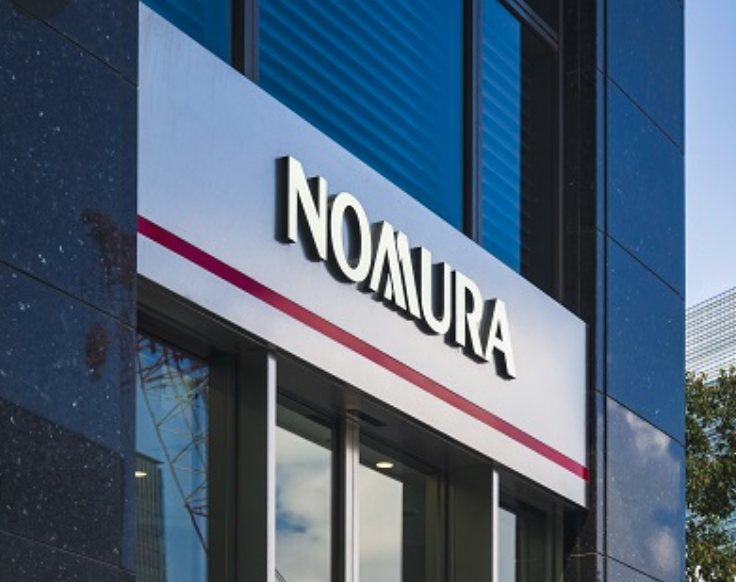
Nomura on Friday said that India is at the cusp of a policy normalisation cycle and a 200 basis points or bps hike in cumulative repo rate is expected by the third quarter of 2023, starting with a 25 bps hike in June.
It also said that there is a broad-based improvement in activity in March as mobility indicators have picked up but “leading indicators point towards caution”. Continued normalisation and government capex may support near-term growth,
high inflation, weak private capex and slower global growth are medium-term negatives, it said.
Further, Covid-19 cases are starting to pick up thereby sparking concerns that this may be the onset of a fourth wave.
“Near-term growth should be supported by continued normalisation as services catch up and due to lagged effects of easy monetary policy and government capex. However, high inflation, weak private capex and slower global growth are medium-term negatives,” the Japanese financial services company said.
The potential fourth wave is a risk to monitor, it said, adding that the economic sensitivity to future waves should also wane but it is “too early to view this as a significant downside risk for growth”.
Nomura recently lowered India’s FY23 real GDP growth forecast to 7.4% from the 8.4% it expects the economy to clock in FY22.
“Leading indicators, however, point towards caution,” it said referring to the Nomura India Composite Leading Index (NICLI), which has a one-quarter lead over non-agricultural GDP growth and has fallen from 106.8 in Q4 2021 to 104.9 in Q1 2022 and further to 102.0 in Q2 (provisionally), suggesting the underlying cyclical trend is pointing lower.
The Nomura India Normalization Index (NINI) shows a broad-based improvement in activity in March.
“Excluding services, which are rising fast after the third wave, all other key sectors have surpassed their pre-pandemic levels,” Nomura said.
The firm’s measure of aggregate demand and aggregate supply now stand 15 pp (percentage points) and 9pp above pre-pandemic levels, respectively.
“Overall, the concurrent indicators point higher,” it added.
As per the report, consumption is almost 3 pp higher, investment is percentage points higher and industry is 4.5 pp higher. But the services sector – the worst hit from the restrictions so far – remains around 10 pp below pre-pandemic levels, the brokerage said.
Also Read:
